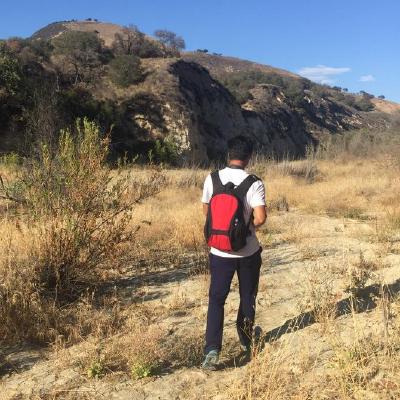NOTE: This process is for AWS AMI instance setup using a paid SSL certificate. If you are using a Ubuntu instance, use Let’s Encrypt instead, as it is free, automated and open Certificate Authority. You might use
Let's Encryptfor an AWS AMI instance, but it is not as easy as Ubuntu.
-
Purchase your SSL from an SSL provider. For example: https://www.ssls.com/
-
Prepare your CSR (Certificate Signing Request)
-
Download and configure OpenSSL by adding the directory to environment variables from here. Download the
Win32 OpenSSL v1.x.xx Lightversion. -
Open command line as administrator, and change your directory to
C:\OpenSSL-Win32\binon a windows machine to generate CSR file. -
Create a CSR (certificate signing request) and a private key files for your domain.
www.yourdomain.comis your server domain use the following command.openssl req -new -newkey rsa:2048 -nodes -keyout yourdomain.com.key -out yourdomain.com.csr -
Fill out the form as following, and your
yourdomain.com.keyandyourdomain.com.csrfiles will be generated under this directory.Country: CA State: Quebec Locality: Montreal Organization: Your company name Division: Your division/department Common name: www.yourdomain.com Email: admin@yourdomain.com A challenge password: YourPsw A optional company name: CompanyName -
Open the
.csrfile, copy the whole content and paste it to requiredCSRfield to to sign/active the certificate file. You will see the certificate is now In progress. -
Save the
aserialnumber.txtfile and put it on the server project root folder. This file must be accessable from your root domain: www.yourdomain.com/.well-known/pki-validation/aserialnumber.txtNOTE: Starting July 20th of 2017, the file path which is checked by Comodo during the HTTP-based validation has changed. Comodo no longer checks the file accessibility via the path
http://(sub).yourdomain.com/file.txt, and uses the linkhttp://(sub).yourdomain.com/.well-known/pki-validation/file.txt -
Once done, go to your purchase history, you should be able to see the status is now “Activated” with an expire date. Now go to the detailed page of this certificate to download the certificate archive. There are three files included:
yourdomain.com.ca-bundle,yourdomain.com.crtandyourdomain.com.p7b. -
Upload the private key file,
yourdomain.com.keygenerated in step 4, and the certificate files to a folder of your website project directory, say,xxx/yourproject/ssl. -
Configure the
virtualhostsettings to enable SSL on your server, Apache 2.4 in this case.LoadModule ssl_module modules/mod_ssl.so Listen 443 <VirtualHost ipaddress:443> SSLEngine on SSLCertificateFile /xxx/yourproject/ssl/yourdomain.com.crt SSLCertificateKeyFile /xxx/yourproject/ssl/yourdomain.com.key SSLCertificateChainFile /xxx/yourproject/ssl/yourdomain.com.ca-bundle </VirtualHost> -
Go to https://www.sslchecker.com/sslchecker to make sure the SSL is working properly.
Reference
-
Install Openssl on a windows machine - https://www.tbs-certificates.co.uk/FAQ/en/openssl-windows.html
-
Creating a server certificate - http://docs.aws.amazon.com/IAM/latest/UserGuide/id_credentials_server-certs_create.html#d0e16902
-
Apache 2.4 SSL settings - https://httpd.apache.org/docs/2.4/ssl/
-
OpenSSL Error - ‘Unable to load config info from
<path>- https://supportforums.cisco.com/document/116521/openssl-error-unable-load-config-info-error-req -
Install SSL on amazon EC22 - https://www.youtube.com/watch?v=_a4wRsT6LaI
